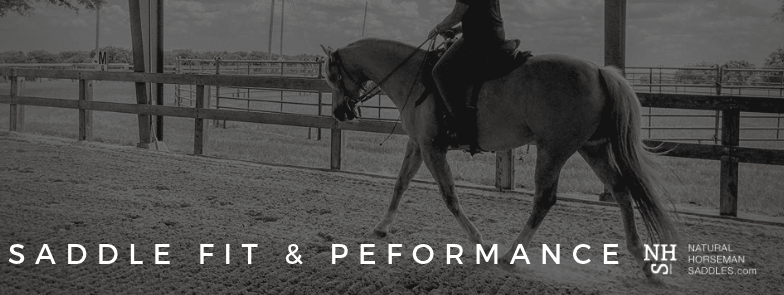
How saddles impact our horses…
We’ve noticed there seem to be two types of horse owners: Those seeking to achieve high levels of professional performance with their horses and those who are not… Natural Horseman Saddles are engineered to serve both groups. For the horses’ sake. Enabling your horse to move comfortably, effectively and successfully is your responsibility as a rider regardless of your goals. Whatever “winning” looks like to you, putting yourself and your horse in the best position to ‘achieve’ requires evaluating the equipment used to carry you. Whether striving for prizes or pleasurable dream rides, saddles contribute to or detract from the process.
The Right Tools…
As for ANY sport, you need the right tools, training and bodywork to be an effective athlete. We believe your equipment should be therapeutic, not impactful. Natural talent only gets us so far for so long.
For example. It’s unlikely you would wear your form-fitting jeans and stacked-heel boots if you were off to play a ‘spot of tennis’. You’d need more comfort and freedom than that. It’s not to say you couldn’t swing a racket or return a serve, but you wouldn’t be able to reach the ball with the comfort and speed you might like…and sliding to a stop without falling over would be a challenge. You need supportive equipment to help you perform and avoid unnecessary soreness the next day! An ill-fitting saddle will produce similar results for your horse: restricted ability to operate with efficient biomechanics generates discomfort and reduces performance success. Muscles, nerves, ligaments, tendons, fascia and blood vessels work in concert to support skeletal structure in movement. Pain, injury and fatigue are things with which we can all identify. If we don’t provide an opportunity for our horses to use their bodies as nature designed them to do, suffering and even long-term conformational changes can develop.
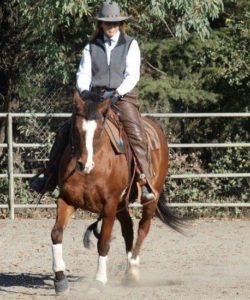
The Visual Signs…
Horses can’t complain on Facebook that their last ride made them ‘so sore that they don’t feel like getting off the couch and need to binge-watch Netflix’. What they can do, however, is show us in other ways. It’s up to us to assess such things as posture, gait quality, behavior, and performance…and recognize changes should they occur. Horses are amazingly compensatory by nature. Most communicate their discomfort via fairly subtle signals and plod on with tolerance we could never imagine. Others may exhibit behavioral protests that could even be dangerous. Hopefully, each of this communique can be fielded by an educated owner armed with awareness and strategies. *Read about the signs here*
What a ‘bad’ saddle does…
In a natural environment, naked horses are able to run, jump and balance in their athletic maneuvers. When we add a rider and saddle to the mix we impact their way of going significantly. If the saddle pinches shoulder muscles it doesn’t just limit oxygen, blood flow and neural transmissions in that area. Restricted natural shoulder and back movement while traveling causes readjustment of the hind end as well as the middle and front end, including the head and neck. Of course, all four limbs are stressed in this scenario. Inefficient, unnatural movement actually leads to skeletal realignment as the horse’s body moves across the ground while calibrating what is necessary to stay balanced and carry such a load on top. Our responsibility to train ourselves to operate our bodies efficiently in harmony with our horses is also a big one. Saddle tools are key to that, too.
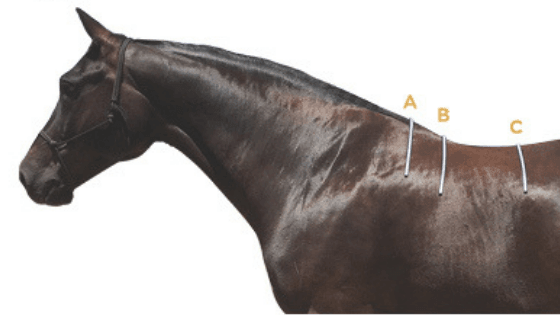
Biomechanics Matter…
The horse’s biomechanics, health and happiness will remain under threat until saddle equipment supports a free range of motion and rider inadequacies are minimized. Imagine carrying a child on your back (piggyback style). If the child were to repeatedly swing weight to the left to right, to the left to the right, in opposition to your movement, what do you think will happen? That’s right! You will be forced to offset that shift of weight. You’ll likely find it difficult to stay on a straight line, or even remain focused without annoyance!

Rider Responsibility …
A well-balanced rider who isn’t “propping himself/herself up” or trapped too tight via the saddle will be able to move more “fluidly” WITH the horse and not become disunited and negatively impactful. Developing an independent seat is critical. In other words, you should have core strength, flexibility, awareness and the ability to keep in rhythm with your horse’s movement. Seek the help of a professional if you are not sure whether you’re riding with true independence and harmony.
Your Horse Is An Athlete…
The world’s best athletes require regular care and maintenance of their bodies regardless of how talented, strong, supported and successful they are. To ensure they have longevity in their chosen sport, they look after their bodies (inside and out) continually. Regular body work, good nutrition, check ups, warm ups, cool downs, are all part of responsible on-going care. Saddle fit is a critical component of your horse’s soundness, but we certainly understand that more is involved. If recovery and repair is needed, regular massage and treatments from equine professionals will likely accelerate the process and minimize discomfort. Staying healthy and active for many years is the goal.
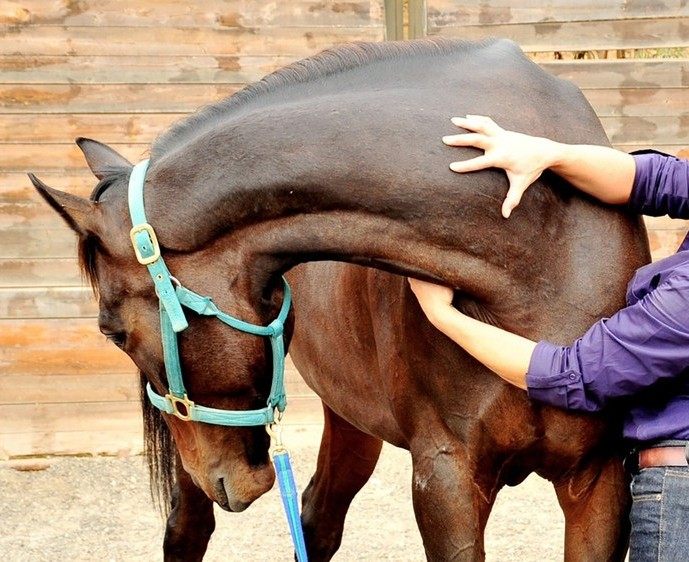
To ensure your horse is performing best under saddle, we recommend asking a friend or your training team member to video you from time to time. Viewing it with educated eyes of a professional to cultivate your awareness is a wonderful opportunity to evaluate your horse’s way of going and your progress as a rider. Asking for advice and help is the best thing you can do to set up success for yourself and your horse if the advice is available from an educated (not just opinionated) source. If you are unsure of how impactful your saddle is being each time you mount up, look for clues in performance. Observe your horse more closely. Best of all ACT. A small problem now is damaging enough and it could be a costly one later.
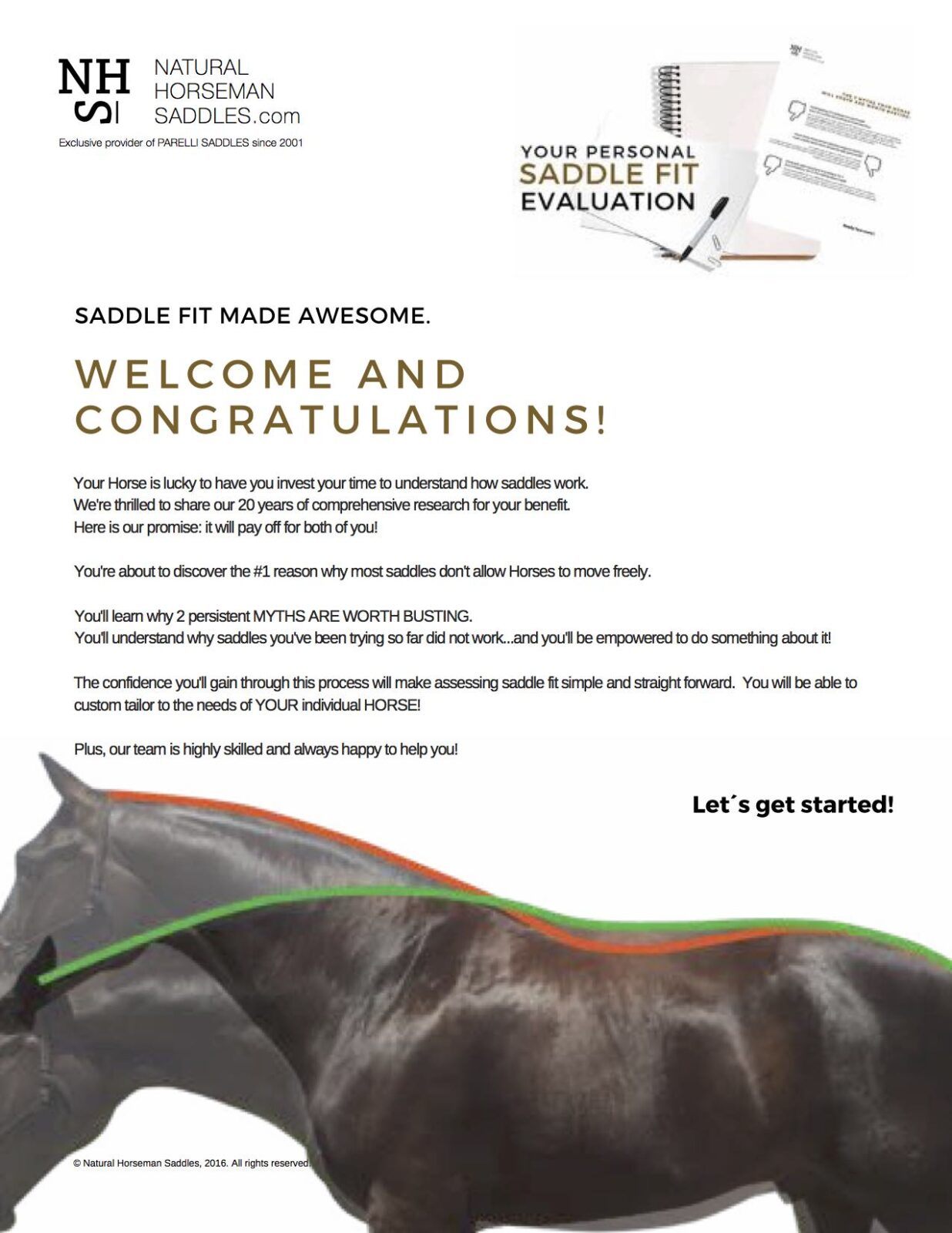
RETHINK SADDLE FIT ™ with the team at Natural Horseman Saddles.
